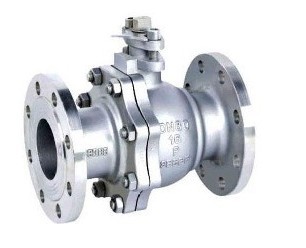Technical Articles
Notices for Maintaining Stainless Steel Ball Valves
Posted: 2015-01-13 15:40:40 Hits: 2631
Notices for maintaining stainless steel ball valves:
1. Only if forward and backward pressure is dismounted, ball valves can be taken apart and disassembled.
2. During disassembling and reassembling, sealing components need protection. Particularly, non-metal components such as O ring have better to be protected by using specialized tools.
3. When body of stainless steel ball valves are being reassembled, bolts must be screwed symmetrically, gradually and equably.
4. Cleaning agents should be compatible with rubber parts, metal parts and working media (such as gas). If working medium is gas, metal parts can be cleaned by using gasoline. Non-metal parts can be cleaned by using purified water or alcohols.
5. Single part having been resolved can be cleaned by immersion cleaning. Use fine and clean silk dipped with cleaning agents to scrub non-metal parts which have still not been resolved, preventing fiber from falling off and adhering to parts. All of greases, dirt, gum deposits and dust adhere to surface of parts must be wiped out during cleaning.
6. Non-metal parts should be taken out from cleaning agents immediately after being cleaned. They cannot be steeped in cleaning agents for a long time.
7. Parts need to be assembled when cleaning agents on surface volatilize. Cleaning agents also can be wiped by using silk which is not dipped with cleaning agents. However, parts cannot be laid aside for a long time, or else parts will rust or be polluted by dust.
8. New parts also need to be cleaned up before being assembled.
9. Use greases to lubricate. Greases also should be compatible with metal materials, rubber parts, plastic parts and working media. A thin layer of greases should be smeared on surface of sealing parts' installation tank, rubber sealing parts, sealing surface and friction face of stem.
10.,During assembling, metal debris, fibers, greases (except for provisions), dust and other impurities are not allowed to adhere to or stay on the surface of components.

